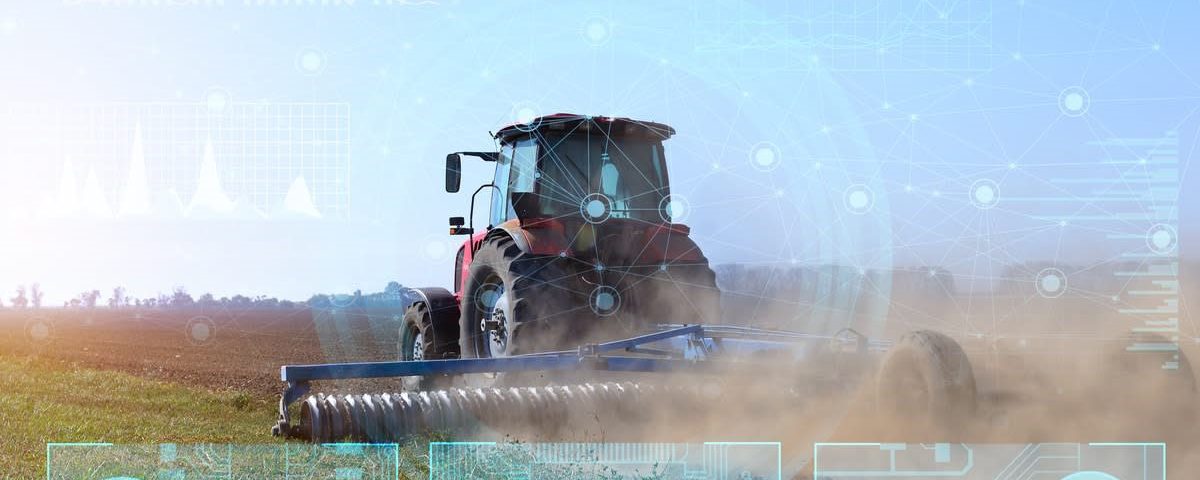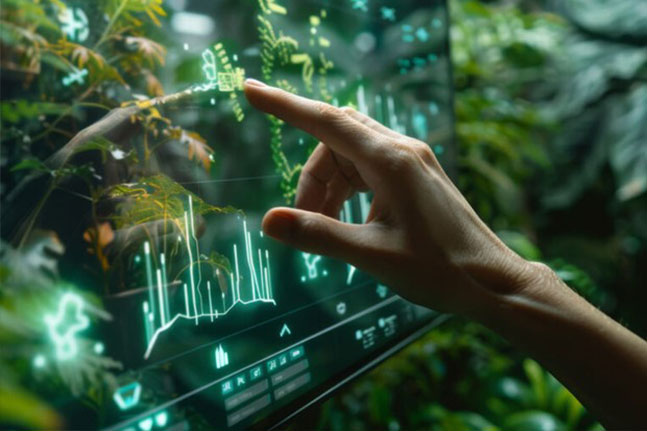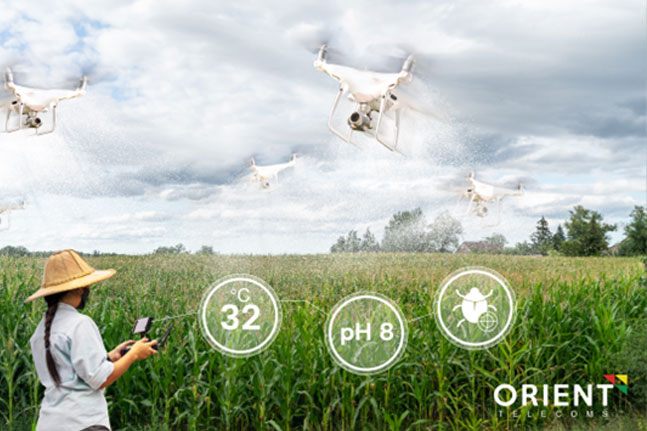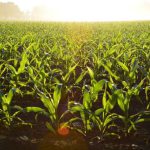
HOW TO REDUCE FOOD WASTE DURING STORAGE
July 11, 2023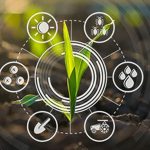
HOW MACHINE LEARNING CAN MAKE AGRICULTURE MORE SUSTAINABLE
September 12, 2023The population has doubled since 1974, and today, there are 8 billion humans living on this planet. While population growth has slowed, at the current rate, we should reach 9 billion in 15 years. What does it take to feed all these people? When John McCarthy coined the term “artificial intelligence” in 1955 as “the science and engineering of making intelligent machines,” could he have imagined technology’s effect on our ever-growing food supply needs?
On average, a person requires 2000 calories per day to maintain a healthy lifestyle. The world faces an enormous challenge, as population growth requires more food production while climate change increases strain on agricultural production and water resources.
To survive today, farmers need to be experts in fertilizers and soil, insecticides specific to different crops, planting and irrigation cycles and weather impacts, among other things, and they are under pressure. Pests alone destroy up to 40% of the world’s crops each year, and farmers must now produce more food while using less energy and water. Due to urbanization, immigration issues, and a generational shift away from farming, there has been a farm labor shortage globally for years, which means farmers also need to reduce their reliance on a workforce. A successful crop cycle has never been more dependent on technology.
The autonomous-farming industry is beginning to boom, with approximately 200 AI-based agricultural startups in the U.S. alone. Examples of artificial intelligence on farms include self-driving tractors and combine harvesters, robot swarms for crop inspection, and autonomous sprayers. Indoor farming companies like Plenty and AppHarvest are also using AI and computer vision to collect data on crops and adjust the environment for optimal nutrition and flavor. They also use robots to harvest the food. Blue River Technology uses machine vision and artificial intelligence to differentiate crops from weeds, allowing for targeted herbicide application and less human labor.
Growing and harvesting food is not the only consideration. According to the United Nations, an estimated 17% of total global food production is wasted, and food that is lost or wasted accounts for 38% of the total energy usage of the global food system. When food is wasted, the resources used in its production—water, land, energy, labor, and capital—are also misspent. Not only that, but the disposal of food loss and waste in landfills leads to greenhouse gas emissions, which contribute to climate change.
HOW TO GET THE MOST FROM AI
For decision-makers in agriculture, properly utilizing AI can help increase productivity while decreasing waste amid increasing costs. Here are some ways to make the most of AI.
- INCORPORATE MULTIPLE DATA TYPES. There are many available options, including video, IoT sensors, computer vision technology, or any multitude of technologies that capture images, light, and other inputs.
- TRACK ALL DATA POINTS. Just one plant can provide millions of data points on how light, water, weather, and environmental variations can impact production, taste, nutrition, disease, and waste. Over time, this can provide invaluable insights that can spur efficiency gains such as improving yield, cutting waste, enhancing nutritional value and minimizing diminishing resources like water and arable land.
- UTILIZE AROUND-THE-CLOCK MONITORING AND CONSTANT AI LEARNING.This can help you make improvements in every aspect of production, operations and distribution. For example, unmanned aerial vehicles (drones) can provide image data and train computer vision models, enabling constant information about crop growth and the environment. With AI, farmers are better able to monitor crops to adjust in real time to events like the recent rainstorms in California, or drought conditions, to alter water input or put up canopies.
Combine operations is another example. Human combine operators have to physically make sieve adjustments if, upon visual inspection, they realize they have too much cob or foreign material in a grain sample. Using AI, you can utilize databases of images differentiating good grain quality from bad to drive sensors that tell the combine to make adjustments, such as shutting down a lower sieve or increasing fan or rotor speed.
According to leading industry analyst firm Gartner, “Going forward, organizations will continue to pursue AI to enhance their decision-making processes. Savvy ones that adopt these methods quickly will drive more competitive differentiation and become more agile and more responsive to ecosystem changes.”
In 1959, when there were 3 billion people on earth, John McCarthy wrote, “Interesting work is being done in programming computers to solve problems which require a high degree of intelligence in humans.” His words are just as true today as we use technology to feed the planet while curbing waste.
https://www.forbes.com/sites/forbesbusinesscouncil/2023/02/02/how-ai-is-cropping-up-in-the-agriculture-industry/


